Over the last few seasons I have noticed that some swims on my local rivers have become increasingly snaggy, with some verging on impossible to fish safely. On closer inspection, in some instances, it would appear that the ‘snags’ are actually lost line and rigs that are collecting on natural obstructions.
“Use stronger gear, so that you are not having to pull for a break,” you might cry. Well, yes, that is a possible option, but it is often the use of strong gear that is making the situation worse, especially when using hooklengths that are stronger than the main line. If you use a coated braid or braided hooklength then this is likely to be the case. Many coated braids are available in breaking strains of 15lb and upwards, and how many of us use main lines as heavy as this?
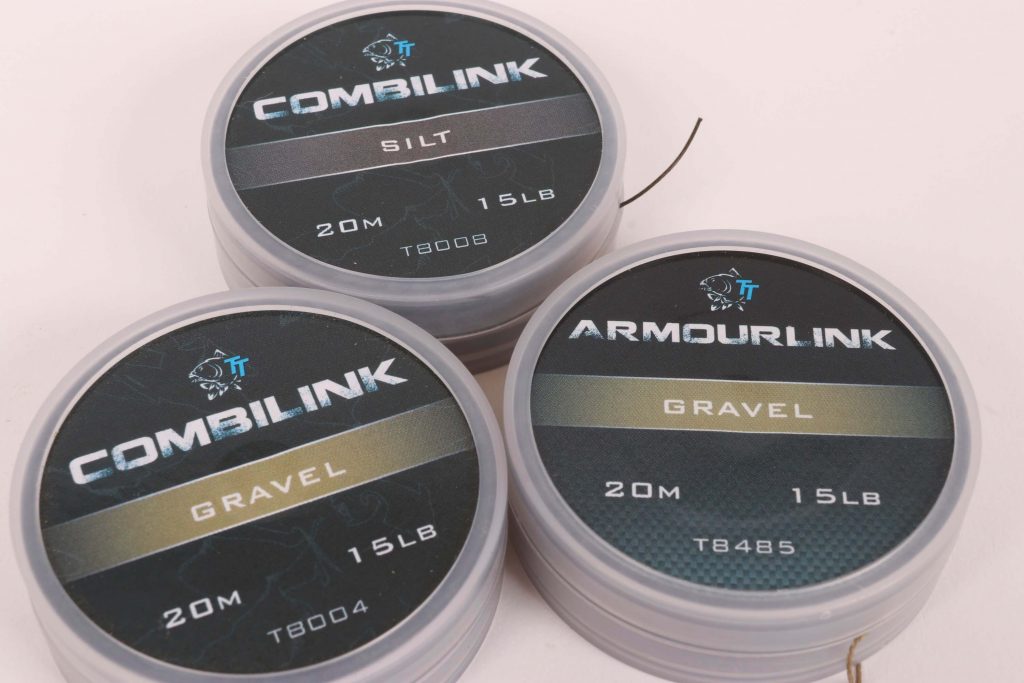
Using braids of a reasonable breaking strain – less than the main line – is a good starting point.
Fortunately, I think there is a fairly straightforward solution to this problem, which can actually increase the effectiveness of your rigs. My idea is simple. Rather than use a super-strong braid for the whole of the hooklength, the last few inches are replaced with either a weaker braid, fluorocarbon, or nylon link attached to the hook. This piece of line need only be a couple of inches or more in length, but crucially needs to be weaker than the main line. Now, if you should need to pull for a break, the last couple of inches of line will be lost and the rest of the link retrieved safely.
You could use an Albright knot to connect the two sections of the hooklength, but often better is a small swivel. The extra weight that a swivel provides will help pin down the link and may even help the hook to turn in the barbel’s mouth, improving hooking. Tying a new hook-section is also much easier when using a swivel.
Although less common, the feeder or weight can also snag and lead to tackle losses. Fortunately, this is easily cured. A lead clip is good if you are using a semi-fixed lead, but I prefer the Enterprise Tackle Snag Safe Run Rings, as these works with both semi-fixed and free-running presentations. Now if the lead or feeder should become snagged then there is no need to pull for a break.
It should also go without saying that knowingly fishing into snags is just plain stupid, but the occasional tackle loss is part and parcel of fishing. It is our responsibility to make sure that the losses are kept to a minimum and we aren’t exasperating the situation.
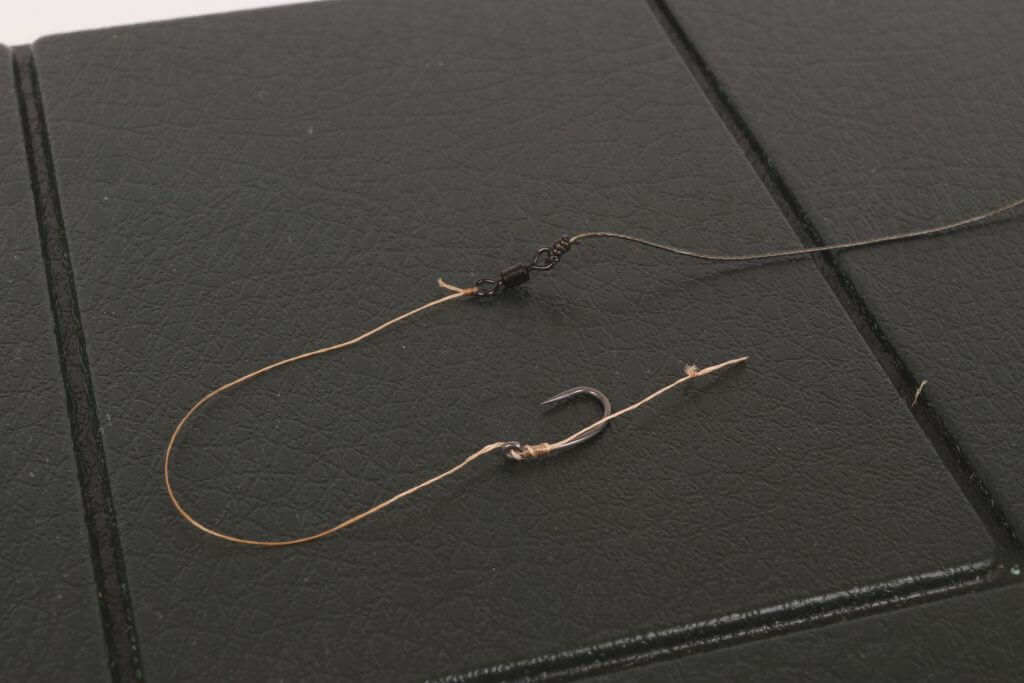
A simple way of reducing tackle-losses is to use a lighter link for the last few inches.
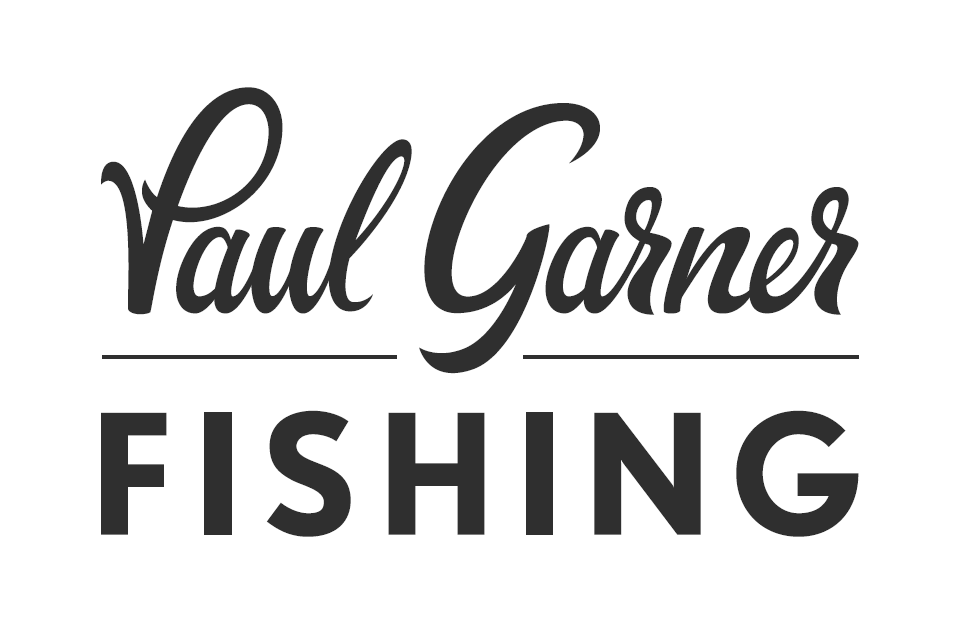



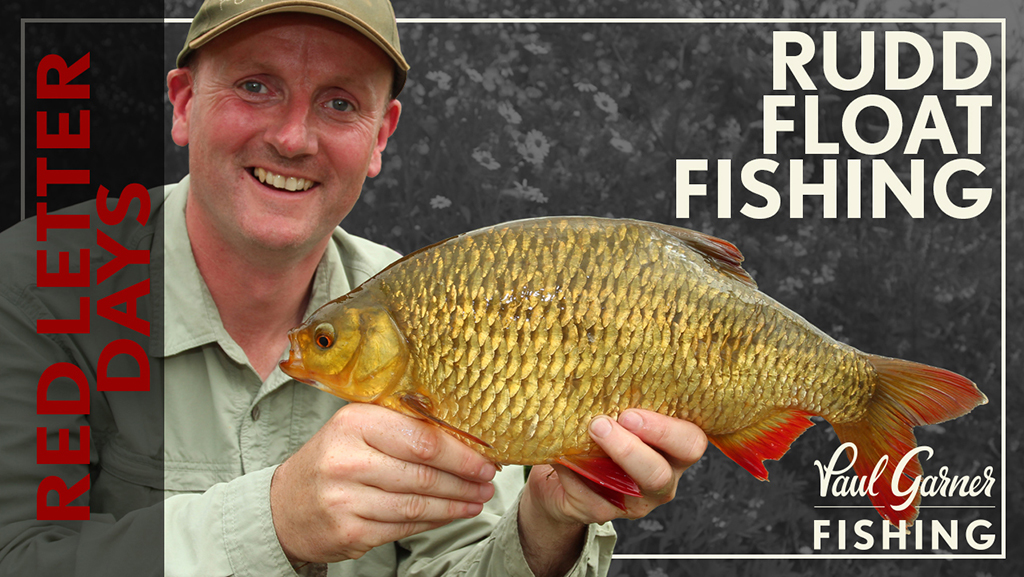
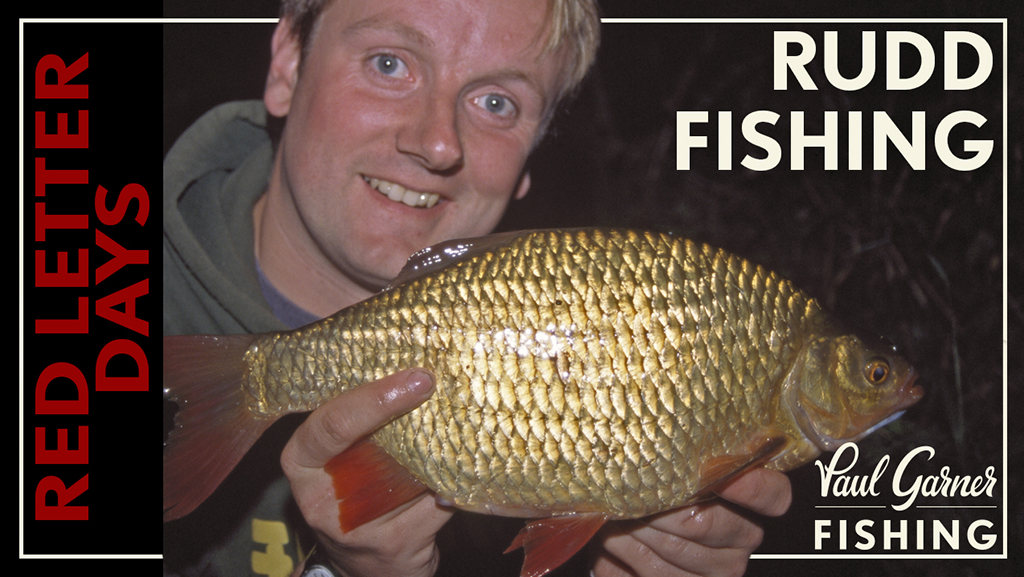
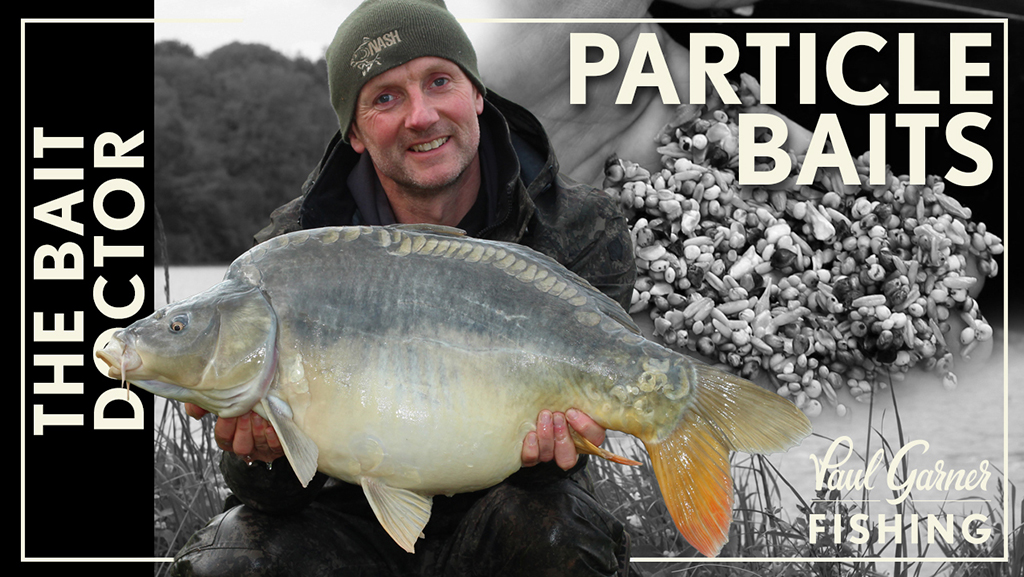
No Comments